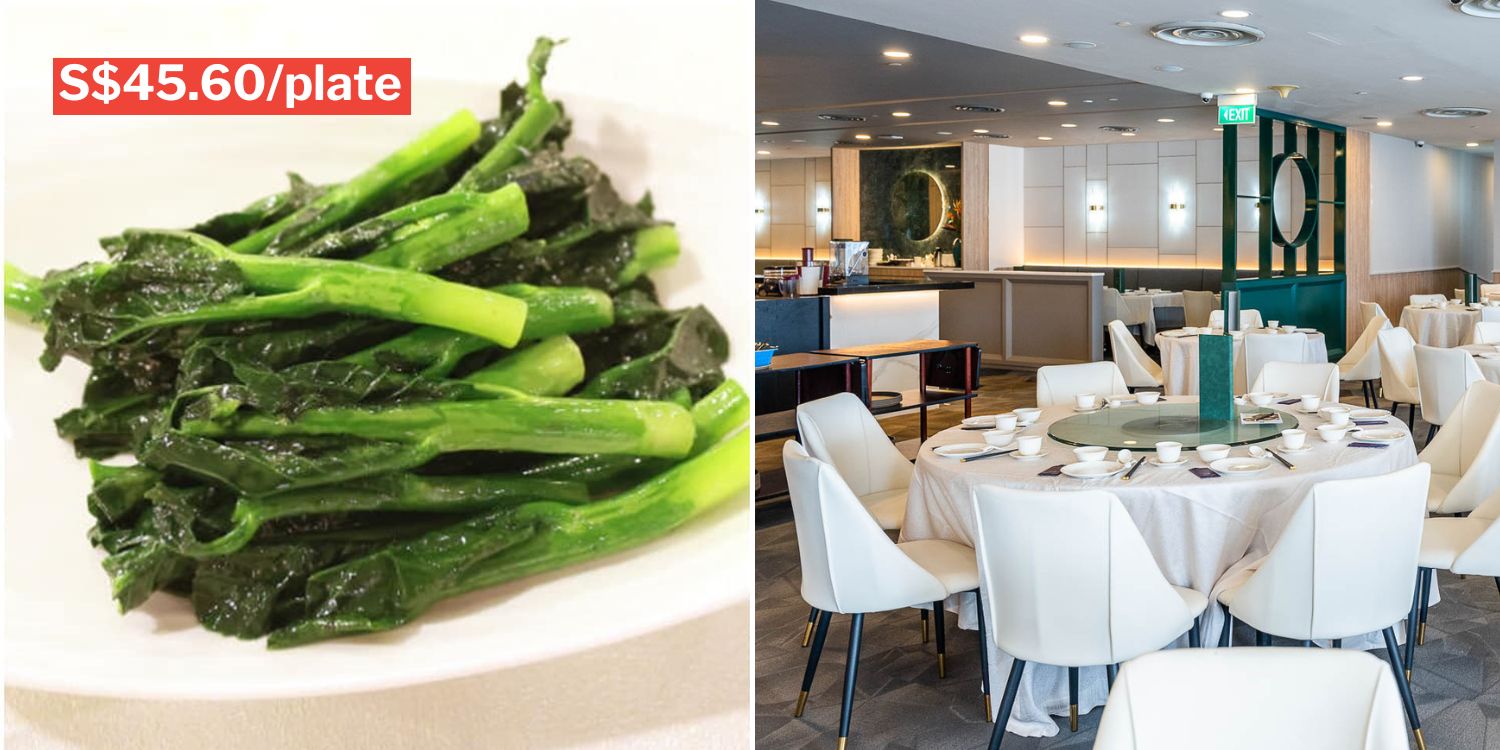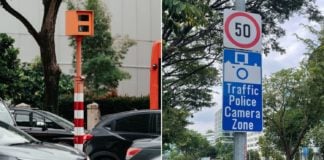VivoCity Restaurant Charges S$91 For Two Large Plates Of Kai Lan, Twice The Price Of Regular Portion
It’s no secret that inflation has soared in Singapore over the past few years as the prices of many daily items get increasingly expensive.
This has led to Singaporeans becoming more price-conscious.
So when two large plates of kai lan ended up costing a hefty S$91 at a VivoCity restaurant, a customer was understandably taken aback.
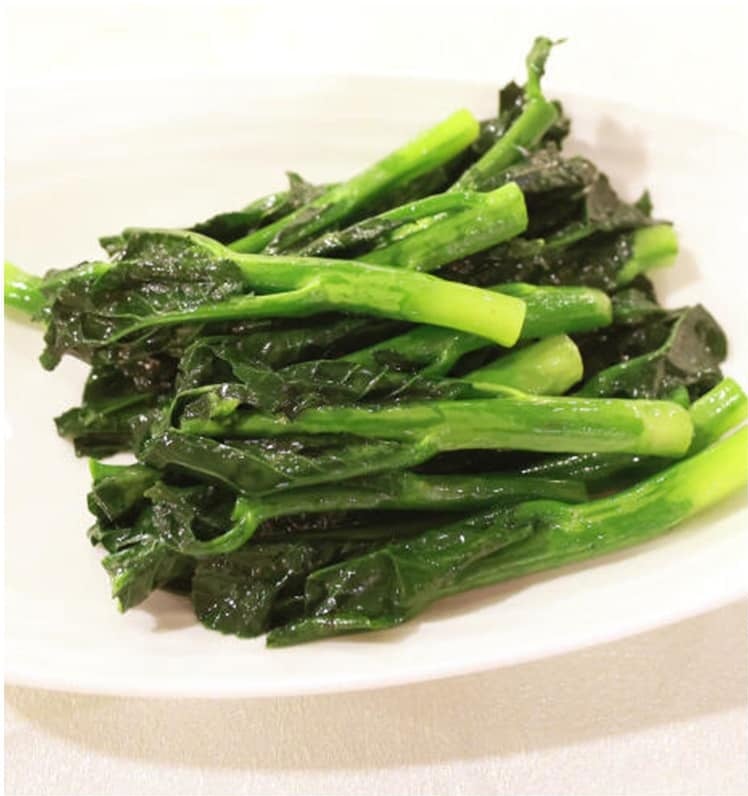
Source: Shin Min Daily News on Facebook
The restaurant has since apologised for not informing them of the price before taking the order.
Group of 8 ordered HK kai lan at VivoCity restaurant
The customer, a 28-year-old executive, named only as Mr Lin, had visited Crystal Jade Pavilion at VivoCity, reported Shin Min Daily News.
As it was the Deepavali public holiday on Monday (24 Oct), he and his parents, relatives and friends had a get-together for dim sum there.
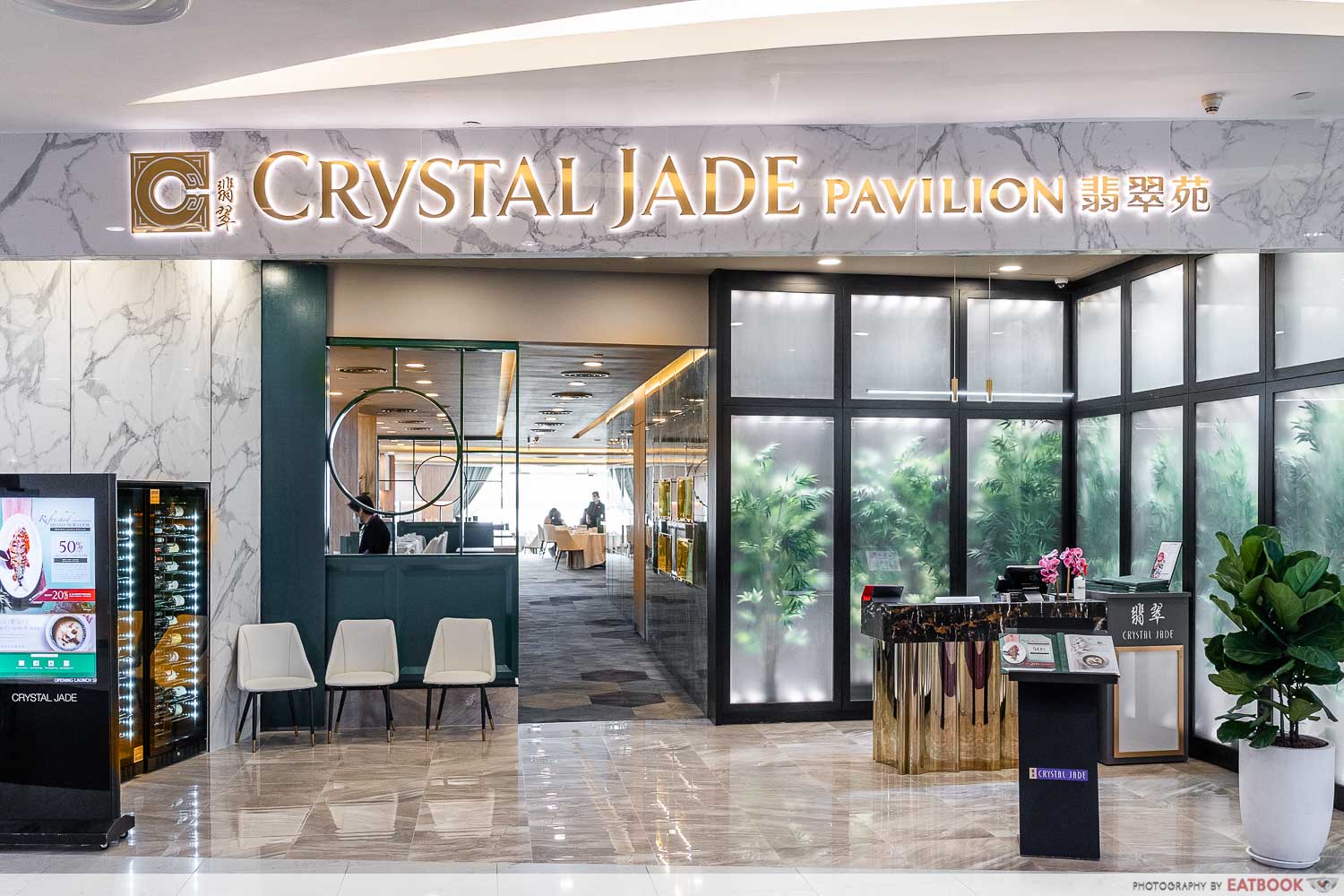
Source: Eatbook
Altogether, six or seven adults and two children were in the group.
One of the dishes ordered was Hong Kong kai lan in oyster sauce.
Since the group was big, the waiter suggested a large portion, said Mr Lin.
Customer surprised when he saw bill
When Mr Lin was settling the bill, he was surprised to see that two plates of the kai lan had come up to S$91.20 before GST.
For the mathematically challenged, that’s S$45.60 per plate.
A photo of the receipt he provided to Shin Min showed that the vegetable dish became the most expensive item they ordered, bringing the total bill to almost S$400.

Source: Shin Min Daily News on Facebook
At the time, he checked with the cashier whether this was correct and got confirmation that it was.
Regular portion of dish listed as S$22.80
The eventual price was additionally surprising to Mr Lin because he’d noted that the regular portion of HK kai lan for two to three people was listed as S$22.80 on the menu.
He understood that vegetable prices were rising as he worked in the food industry, but he failed to understand how the large portion could be twice the price of the regular one.
However, the paper reported that the regular portion listed on the menu is actually the small portion. There’s a medium portion that costs S$34.20, while the large portion is indeed twice the price of the small portion at S$45.60.
Mr Lin maintained that the price of the large portion wasn’t reflected on the menu, and diners wouldn’t expect it to be twice that of a small portion.
VivoCity restaurant apologises for not specifying kai lan price
After the meal, Mr Lin contacted the restaurant’s customer service, and showed their reply to Shin Min.
They said the regular portion of their dishes is usually for two to three people.
But as a regular customer was at their table, the wait staff ordered a large portion of the kai lan according to his preferences.
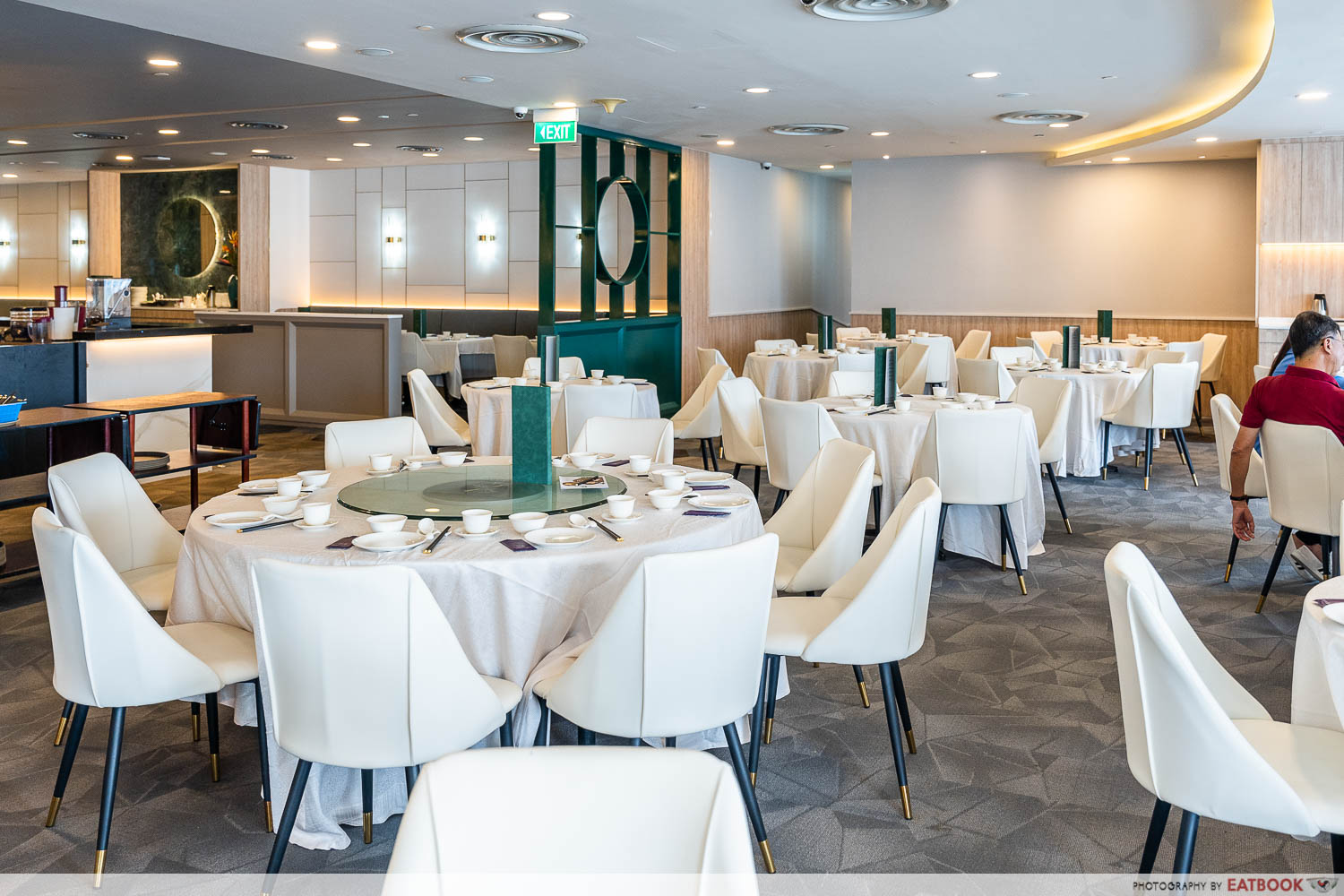
Source: Eatbook
The customer service officer apologised for this, saying their staff should be more careful when taking orders.
Specifically, they said staff shouldn’t make an order on the customer’s behalf without informing them of the price first and shouldn’t take the initiative to order a large portion either.
They’ll continue to remind staff to confirm portion sizes with customers while taking orders to avoid any unpleasantness and miscommunication.
Wait staff not obliged to list all the prices: Imperial boss
However, Imperial Restaurant boss Wang Jinhui told Shin Min that wait staff aren’t obliged to list all the prices as most of them are already on the menu.
He said that even for seasonal dishes that don’t have a price listed, regular customers usually don’t ask for the price.
For the vegetables, their prices are based on the number of diners, he added — thus, a small portion would be for two to three people, the medium would serve five to six, and the large would cater to eight to 10 people.
Therefore, it’s common practice for the large serving to cost twice as much as the small one, he pointed out.
Another source, who manages Dragon Phoenix Restaurant, said high-end restaurants don’t have the practice of informing customers of prices on the spot.
This might offend the customer and cause them to “lose face”, especially when it’s uncertain whether it’s a family dinner or one with invited guests.
She also explained that HK kai lan is more expensive than local kai lan as the preparation process is more complex. Thus, only high-end restaurants serve HK kai lan.
She said that the restaurant’s brand and location need to be considered when factoring in the prices.
Mr Wang concluded that diners should ask for the price of the dishes if they’re afraid of unexpected charges — doing so is nothing shameful.
Confirm the price of what you order
While eating out, many a diner would be wary of burning a hole in their wallet by ordering unexpectedly expensive food.
However, unless you’re made of money, it’s always good practice to confirm the price of anything you order before making a commitment.
After all, there’s usually a good reason a dish has a steep price — no eatery will unnecessarily risk unhappy customers.
Have news you must share? Get in touch with us via email at news@mustsharenews.com.
Featured image adapted from Shin Min Daily News on Facebook and Eatbook.

Drop us your email so you won't miss the latest news.
